
Code, papers and talks are still stored here.
| Home Pages | Network Links | ||
|---|---|---|---|
| Tim Evans Informal Home Page | My Research | Meetings | Institutions |
| Tim Evans Imperial College page | Other Resources including general literature, computational tools and data sets. | Previous Meetings. | Networks and Archaeology |

|
My primary informal site is now netplexity.org which contains the descriptive material and my
blog.
Code, papers and talks are still stored here. |

|
I have always been interested in statistical mechanics, phase transitions, and non-equilibrium problems. This has led me to study Complexity, especially Complex Networks though there is no precise definition of either. This is part of an interest in sociophysics in general - I recommend Philip Ball's book Critical Massas a non-technical introduction. This activity is channelled through the Complexity and Networks programme at Imperial (or try the old Maths Institute link). |
| Networks (also called graphs by mathematicians) are simply a collection of vertices (also called nodes) and a collection of edges (sometimes called links). The edges just connect pairs of vertices. The alternative terms noted here already indicate how the terminology of networks is not always fixed. This reflects its long cross-disciplinary heritage with input from mathematicians, social scientists, computer scientists, physicists and engineers amongst others. There are rigourous definitions of some concepts but not everyone uses the same definitions.
Networks are an extremely flexible and useful way of representing many large electronic data sets which have become widely available over the last few years. For instance the nodes can be web pages and the edges are web links. Another example is where the nodes can be Facebook users and the edges represent connections between them. Networks are a key part of the `digital humanities' revolution. The arrival of these new data sets brought a new wave of interest from physicists around in 1998 (Watts and Strogatz). In particular scale-free networks were those thought to have certain types of power-law distributions within them (e.g. Barabasi and Albert, 1999). |

|
I keep a set of web pages of network science resources including general literature, computational tools and data sets. This is mostly for my own benefit so I can remember what is out there. There are so many tools and I while have tried most, briefly, they keep improving so it is always worth checking them out whatever my comments.
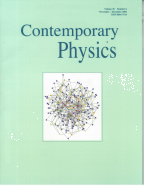
|
I have a Complex Network review in
Contemporary Physics 45 (2004) 455-474 (or download from cond-mat/0405123). It is aimed as an introduction to general physics researchers. |
I gave a colloquium for the Physics Department of Imperial College in May 2005 on this entitled Complex Networks: Six Degrees of Separation and all that
.
More recently I was invited to give a general talk on networks, entitled "The Mathematical Description of Networks", at the Modelling Complex Systems meeting at the University of Manchester, 21st – 23rd June 2010.
A couple of recent talks for the Feza Gürsey Institute and Imperial College International Summer School and research workshop on Complexity Istanbul 5-10 September 2011. I have a general overview of networks and a more detailed look at the mathematics of networks. For amusement there is a short talk on a network game I tried at the workshop - not to be taken seriously!
In a similar vein, "Netplexity - Networks and Complexity for the Real World" - general talk on Networks and Complexity given on Friday 10th August 2012. A keynote address for the Second annual Student Conference on Complexity Science Oxstalls Campus, University of Gloucestershire, 9th - 12th August 2012.
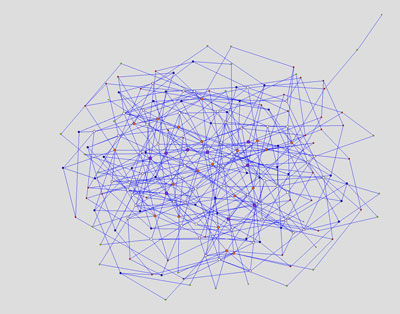 |
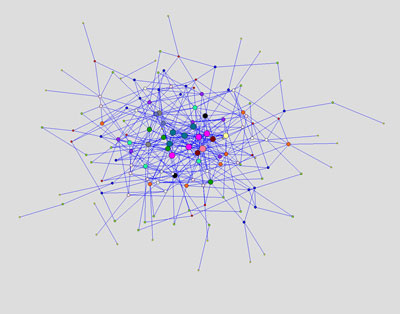 |
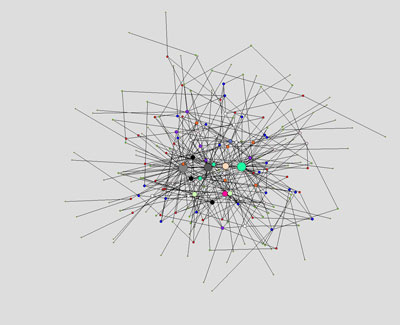 |
| A "Classical" or Erdos-Reyni Random Graph of 200 vertices and 400 edges. |
A Scale Free network produced using pajek's routine of 200 vertices and 389 edges. |
A Scale Free network produced using the Evans-Saramäki algorithm with 200 vertices and 397 edges. |
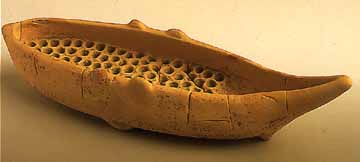 My work on Networks and Archaeology is on a separate page.
My work on Networks and Archaeology is on a separate page.